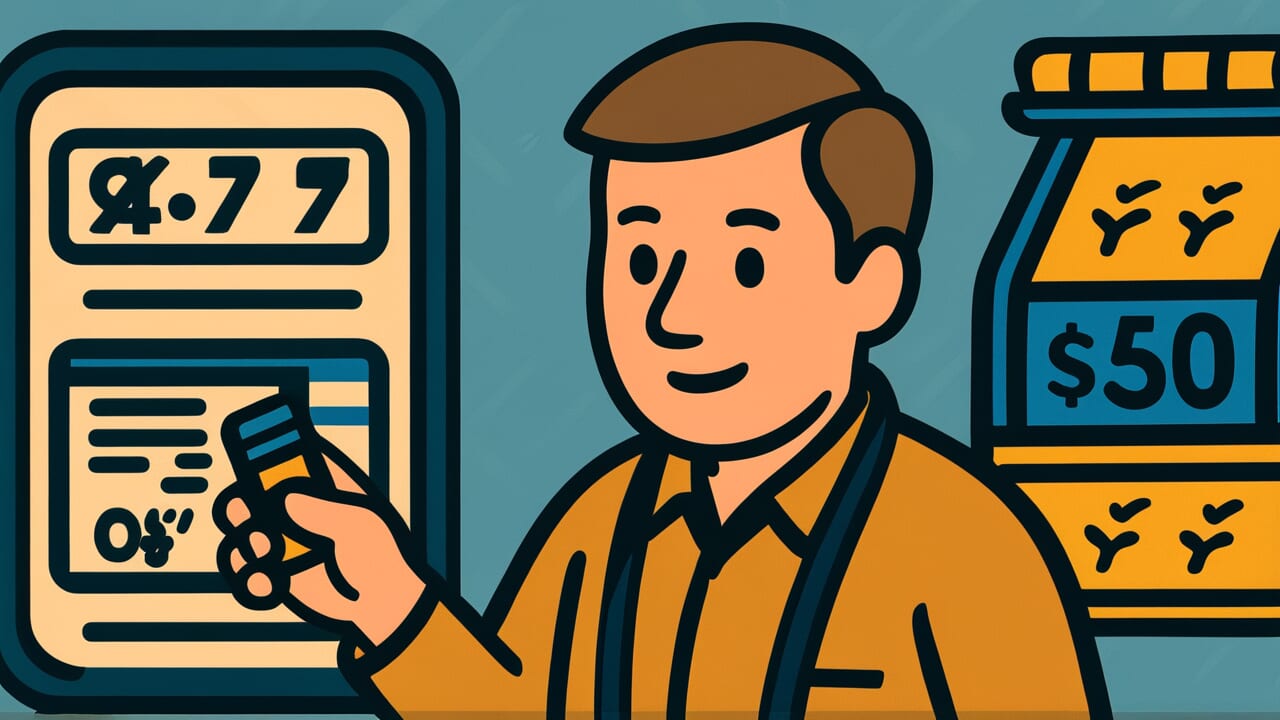How to Read “A merchant’s cost price”
Akindo no motone
Meaning of “A merchant’s cost price”
This proverb means you can’t trust a merchant when they say “I can’t go lower or I’ll lose money.” Their words are part of the negotiation game.
When merchants talk about their “cost price,” they include many hidden costs and profits. Customers have no way to know what’s true and what’s not.
You use this proverb when someone claims they’ve reached their “limit” but you’re not sure if it’s true. It’s common when one side knows much more than the other.
Today, you see this in used car sales or real estate deals. When someone says “I really can’t go any lower,” there’s often still room to negotiate.
Origin and Etymology
We don’t know exactly when this proverb first appeared in writing. But it likely came from merchant culture during Japan’s Edo period (1603-1868).
Back then, bargaining between merchants and customers happened every day. Fixed prices weren’t common like they are now.
Merchants would say “I can’t go lower or I’ll lose money on this deal.” This was their way of ending the bargaining.
But in reality, their “cost price” usually included a big profit margin. They added shipping costs, store expenses, and profit to the original price.
Customers had no way to check if this was true. They had to take the merchant’s word for it.
Over time, this phrase came to mean more than just shopping. It describes any situation where one person has information and the other doesn’t.
The people of Edo understood this game very well. They created this proverb from their everyday life experience.
Interesting Facts
Edo period merchants used two different selling methods. One was called “fixed-price selling,” mainly used in clothing stores. The price tag was the final price.
The other was “bargaining selling.” Merchants started with a high price and expected customers to negotiate. This created a fun game of bargaining.
“A merchant’s cost price” came from this bargaining culture. It was part of the shopping experience.
Usage Examples
- The real estate agent says “I can’t go lower,” but that’s just A merchant’s cost price—we don’t know the real bottom line
- His “final price” is like A merchant’s cost price—I think there’s still room to negotiate
Universal Wisdom
This proverb teaches us about a problem that exists everywhere: information imbalance. In many deals, one side knows the truth while the other side can’t check the facts.
The proverb shows how people naturally act in their own interest. Merchants might not be lying exactly. But they present information in ways that help them.
This is normal business behavior. It’s also just human nature.
What’s interesting is that this proverb doesn’t criticize merchants. Instead, it accepts reality with wisdom. Merchants follow their business logic. Customers make their own judgments.
This bargaining game is the heart of commerce. It’s also a small picture of all human relationships.
Our ancestors taught us not to believe everything we hear. But also not to doubt everything. The key is understanding what motivates the other person.
Don’t trust too much. Don’t suspect too much. Keep a balanced distance in relationships. This short proverb contains all this wisdom about dealing with people.
When AI Hears This
The “cost price” a merchant first mentions is actually a strategic trick. It takes full advantage of information imbalance.
Buyers don’t know the real cost or fair price. Sellers know everything. This information gap gives the cost price number its power.
Behavioral economics research shows something called the “anchoring effect.” People are strongly influenced by the first number they hear.
For example, if the cost price is stated as $100, then $70 after a $30 discount feels like a great deal. But if the real cost was $20, the seller still makes $50 profit.
The buyer feels happy about the discount “victory.” The seller gets plenty of profit. Both sides feel good, but the one with information wins big.
Even more interesting is how the cost price acts as a “signal.” A high cost price suggests “high quality.” The seller sends a message about quality that can’t be verified.
Buyers think they’ve closed the information gap through bargaining. But they were already caught in the seller’s game from the very first number.
This same structure is used in modern sale pricing today.
Lessons for Today
This proverb teaches you to have healthy skepticism. This doesn’t mean doubting everyone. It means understanding people’s positions and interests before accepting information.
Every day we hear from “experts”—doctors, lawyers, financial advisors, real estate agents. Most are honest, but they also think about their own interests.
That’s not bad. It’s just human nature. What matters is understanding this when you make decisions.
Today, the internet gives us tons of information. But judging quality is harder than ever. When someone says “this is the truth,” ask yourself: what’s their interest in this?
Taking a moment to think about this will help you make smarter choices.
You need both trust in others and clear analytical thinking. Having both is the wisdom you need to navigate modern life.



Comments